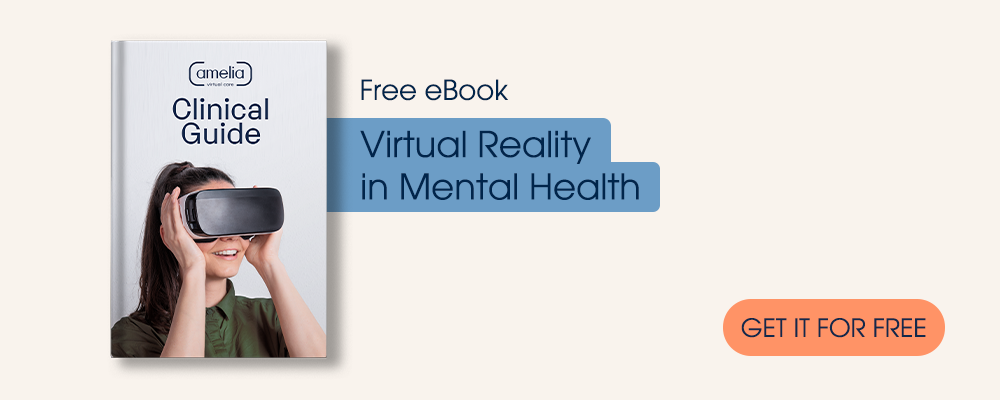Digital health is a term used to describe the technology in the healthcare industry. This can include everything from electronic medical records (EMRs) to tracking patient data via mobile devices. The application and implementation of digital health have become increasingly important in recent years, as more and more people are using technology to manage their health.
There is often confusion regarding the term “digital health,” as it seems to be a broad term that people use to describe digital medicine and digital therapeutics. Digital health includes technologies and platforms that respond to welfare or health-related needs and gather and store health information, but it is not utilized as a medical tool, nor does it require clinical evidence. On the other hand, digital medicine and digital therapeutics are more heavily regulated, and the products are based on scientific evidence.
Digital technologies are now an essential component of everyday life, and the world’s population has never been more connected. As a result, innovation, particularly in the digital realm, is occurring at an unprecedented rate.
Digital health supports traditional treatments
Digital health is not a “quick fix” or a replacement for traditional healthcare but rather an enhancement. It provides patients with more information and access to care while also empowering them to take control of their own health. By supplementing traditional care with digital health tools, we can improve patient outcomes and create a more efficient and effective healthcare system.
Digital solutions work best when they are part of the existing healthcare system, and according to the World Health Organization (WHO), digital health should support continuity of care.
Digital health tools can help us become more proactive about our health. They can give us the information we need to make informed decisions about our health and wellbeing.
Digital health and mental health technology
Digital mental health tools are one area of digital health that has seen significant growth in recent years. There are many reasons for this, but one is that mental health is still stigmatized and often seen as taboo. This means that people are less likely to seek traditional face-to-face therapy or counseling.
During the COVID-19 pandemic, there was a significant increase in the use of teletherapy platforms as safety precautions warranted social distancing. Many companies found that teletherapy provided easier access to care and allowed patients to get the help they needed in a comfortable and convenient format.
Digital mental health tools come in many forms, including apps that track your mood, online therapy services, and virtual reality (VR) therapy.
Virtual reality has proven to be an effective therapy tool
Virtual reality is effective in working a wide range of mental health conditions. VR uses technology to expose patients to their anxiety triggers. Exposure therapy aims to help people overcome their fear of certain situations or objects by gradually exposing the person to the thing they’re afraid of in a safe and controlled environment.
Another benefit of VR is that many applications allow patients to continue their therapy at home, which dramatically increases the long-term success of treatment.
If you’re interested in applying VR in your practice, contact us for a demo or any questions you may have.












